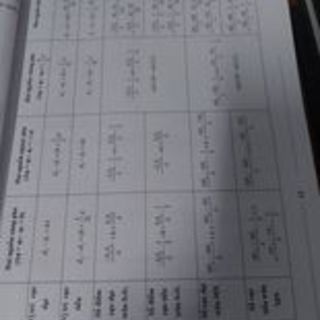
nguyentiendat040305
Tuấn
0 Followers
0 Following
0 Helped
18 May 2022
Answer: Because both electron is similar, so the net electric force they will ...
18 May 2022
the magnitude of the electric field in the region between the plates:
17 May 2022
Answer: We have a fomula of diffusion len: Step-by-step explanation:
17 May 2022
Answer: (a) the potential difference between the plates is: U=E d= =10000 (V) ...
17 May 2022
Answer: the speed of ball 2 after the collision: b) BC= =3,89 (m/s) The angle ...
17 May 2022
Answer: call the altitude of the satellite is: h (m) Step-by-step explanation:...
17 May 2022
Answer:Let the amplitude be A The location so you can board the boat comfortab...
17 May 2022
Answer: mol of KMnO4=Cm*V=0,111*(28,64/1000)=0,02864 (mol) According to the ch...
17 May 2022
Answer:The titration of potassium permanganate (KMnO4) against oxalic acid (C2...
